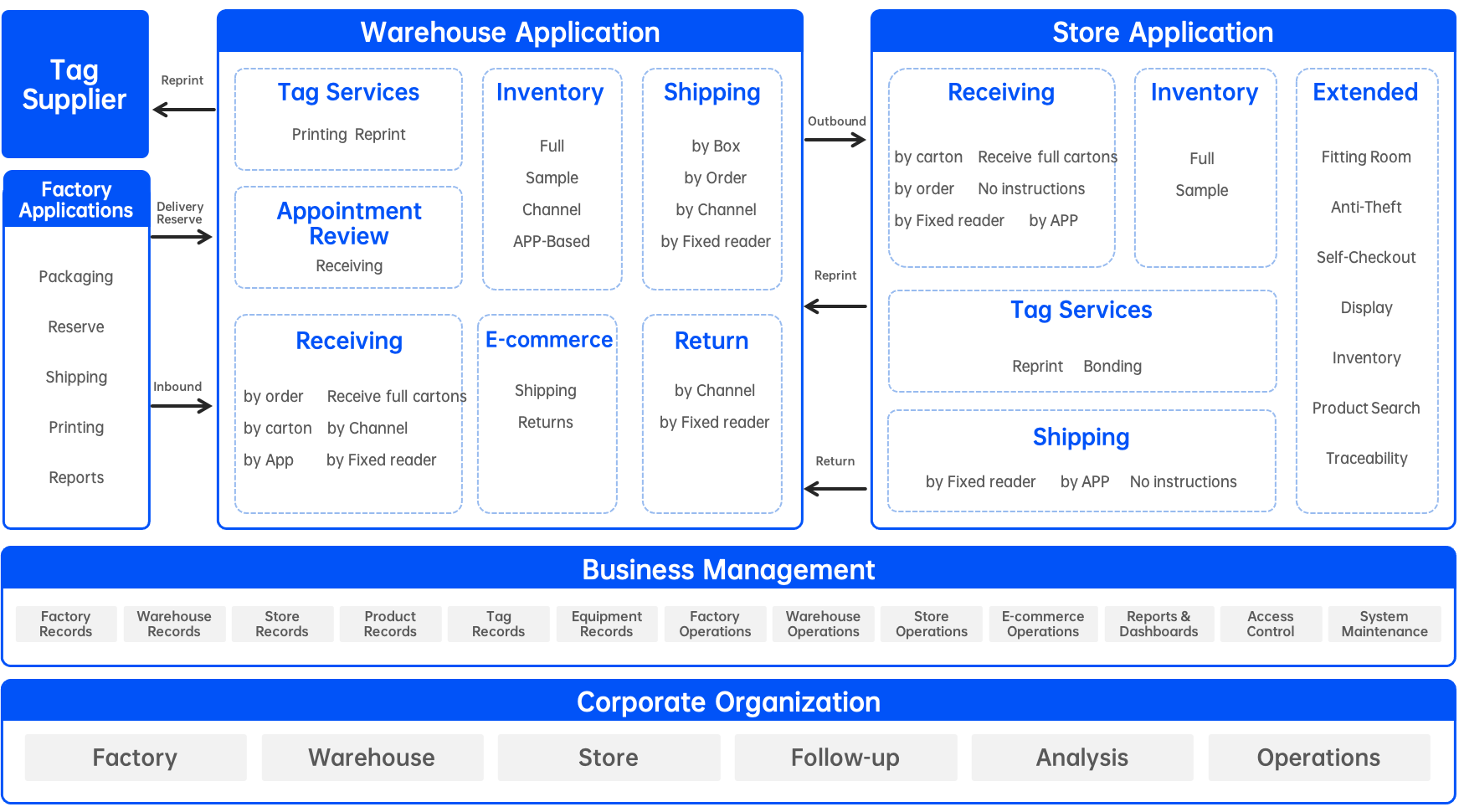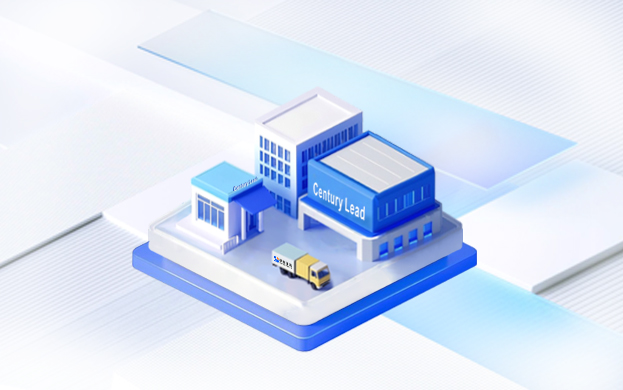Business Challenges
Managing massive SKUs
is becoming increasingly complex.
Information Gaps
Manual Operations Reduce Efficiency
Data lags due to lack
of end-to-end data collaboration
Counterfeiting issues are severe,
eroding brand trust.
Managing massive SKUs is becoming increasingly complex.
Seasonal trends and fragmented consumer preferences have led to a surge in SKU volume, demanding larger storage space and refined management capabilities. Data shows that leading women's apparel companies handle over 100,000 SKUs annually, with every 10% drop in inventory turnover shrinking profit margins by 3%-5%. Excess unsold stock further ties up cash flow, creating a vicious cycle.
Information Gaps Manual Operations Reduce Efficiency
Reliance on manual operations due to information gaps severely limits operational effectiveness. From production to warehousing and retail, supply chain processes still depend on manual barcode scanning or data entry via spreadsheets, which is time-consuming, labor-intensive, and prone to errors, slowing down supply chain responsiveness.
Data lags due to lack of end-to-end data collaboration
Factory, warehouse, and retail data remain disconnected, with over 70% of companies still using more than 5 independent systems. The inability to track products throughout their lifecycle and the absence of a unified end-to-end system severely limit brands' agility and decision-making efficiency.
Counterfeiting issues are severe, eroding brand trust.
Broken data chains render anti-counterfeiting systems ineffective. Counterfeiters exploit delays in authentic product information to mass-produce replicas first, causing genuine product sales to decline and consumer trust to plummet sharply.
Solutions
Unique Product Identity & Traceability
Link RFID tags to product data for accuracy and traceability.

End-to-End Data Infrastructure
Deploy RFID devices across production, warehousing, and retail for seamless coverage.

Smart Data Integration
Develop RFID systems for tag, warehouse, and store management, integrated with existing platforms.


Value Delivered
Factory:Data-driven workflows reduce stockouts and overstock.
Warehouse:Streamline inventory checks and reduce manual work.
Store: Faster operations save time and labor.

Omnichannel:Unify online and offline sales.
Supply Chain:Agile response to market changes.
D2C:Build trust through product traceability.

Consumer Behavior:Analyze RFID data for preferences.
AI Decisions:Enhance precision in planning.
Trend Leadership:Innovate for unique customer experiences.
















